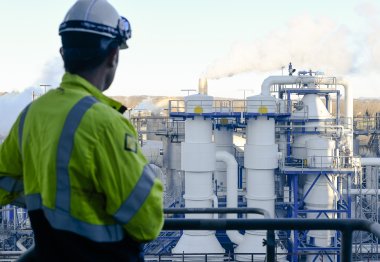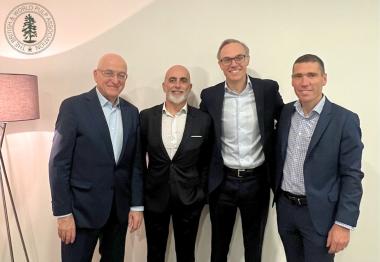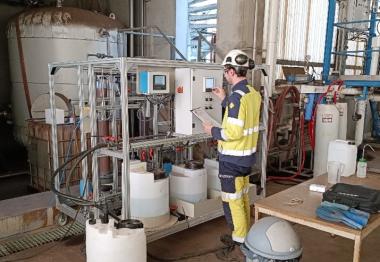
News
Rail and river transport: solutions to accelerate our logistics decarbonization
In the face of the climate emergency, rethinking modes of transport and supply is becoming a strategic lever for industries concerned about their environmental impact.
It is with this in mind that Fibre Excellence Group has adopted its decarbonization policy: by relying on rail and river freight to transport its raw materials to its factories, the company is reducing its carbon footprint while promoting French forest resources. This is a committed and concrete industrial approach that benefits both local communities and the planet.
Rail transport: sustainable and regional logistics
Rail transport enables Fibre Excellence to transport large quantities of raw materials with minimal carbon impact, significantly reducing CO₂ emissions.
Every week, a convoy of trains transports up to 1,100 tons of wood from Andelot-en-Montagne, in the Jura region, to the industrial site in Provence, in the Bouches-du-Rhône department. This wood, often sourced from forests weakened by bark beetles or drought, is put to good use in the production of paper pulp.
What's more, this logistics solution is not only environmentally friendly, it also drives local development. In Andelot-en-Montagne, the station has benefited from €5 million in investments to modernize its tracks (France 3 Bourgogne Franche Comté, January 2025). Regular traffic is breathing new life into this infrastructure, supporting the local economy and promoting employment. “It is a key axis for our municipality and a real lever for development,” said Pascal Volpoët, mayor of the municipality, in an article in Le Progrès in December 2024.
In Saint-Gaudens, in Haute-Garonne, another rail route connects the loading point, owned by SNCF RESEAU, in Saint-Pierre-des-Corps in Touraine to the Fibre Excellence production site every week. In 2024, a record of nearly 50,600 tons of wood were transported in this way, with 98% reliability, confirming the robustness of this model.
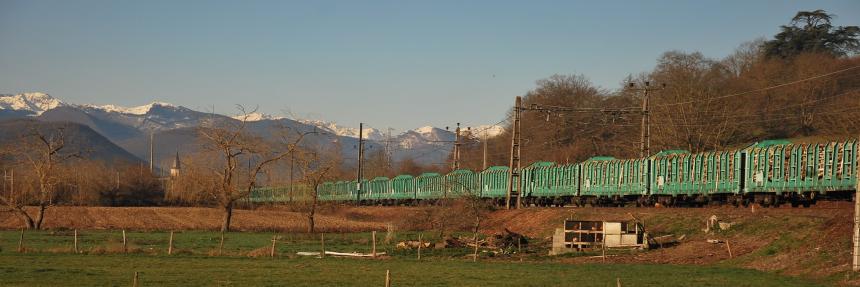
River transport: a major lever for decarbonization
Fibre Excellence is also rolling out a river supply logistics system in close collaboration with the Arles Chamber of Commerce and Industry and the Port of Arles. This strategy is part of a drive to diversify modes of transport, with a view to improving logistical efficiency and reducing carbon emissions.
Since 2017, 175,000 tons of wood have been transported by barge each year, representing approximately 20% of the Provence site's supplies. By removing 5,500 to 5,600 trucks per year from the A7 highway, this solution significantly reduces road pollution and greenhouse gas emissions. Thanks to its proximity to the forest basins of Burgundy and Auvergne Rhône Alpes, it enables Fibre Excellence to recover sawmill waste—an example of circular recycling of wood by-products.
Today, the challenge is to take this virtuous approach even further by finding low-carbon solutions for the last few miles between the port and the factory. The Group is still in the early stages of exploring concrete options: electric trucks, local rail, multimodal transport, etc., but is seriously considering these options, which could further enhance the sustainability of the system.
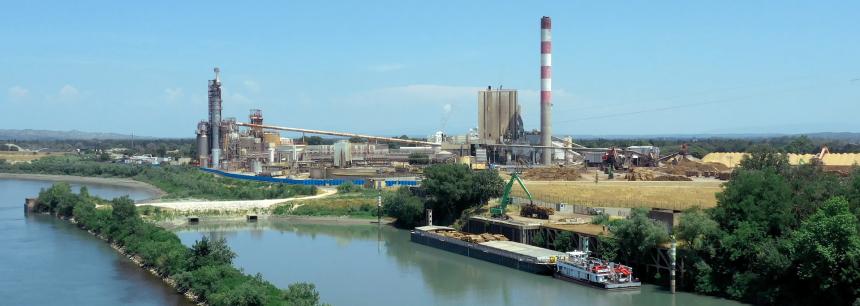
Towards a more sustainable, local, and responsible industry
Through its choice of rail and river freight, Fibre Excellence demonstrates that responsible logistics is possible, even for large flows of raw materials. By promoting local forest resources, reducing transport emissions, and relying on existing or revitalized infrastructure, the company confirms that the ecological transition also requires intelligent logistics. Rail and river transport are thus establishing themselves as structural pillars of sustainable industry, serving a more sustainable—and more local—future.
“Low-carbon transport is not an environmental constraint, it is an industrial and economic opportunity that benefits the environment. It structures our logistics organization, strengthens our resilience, and contributes to local value creation,” concludes Thomas Pétreault, Director of Communications and Public Affairs.
